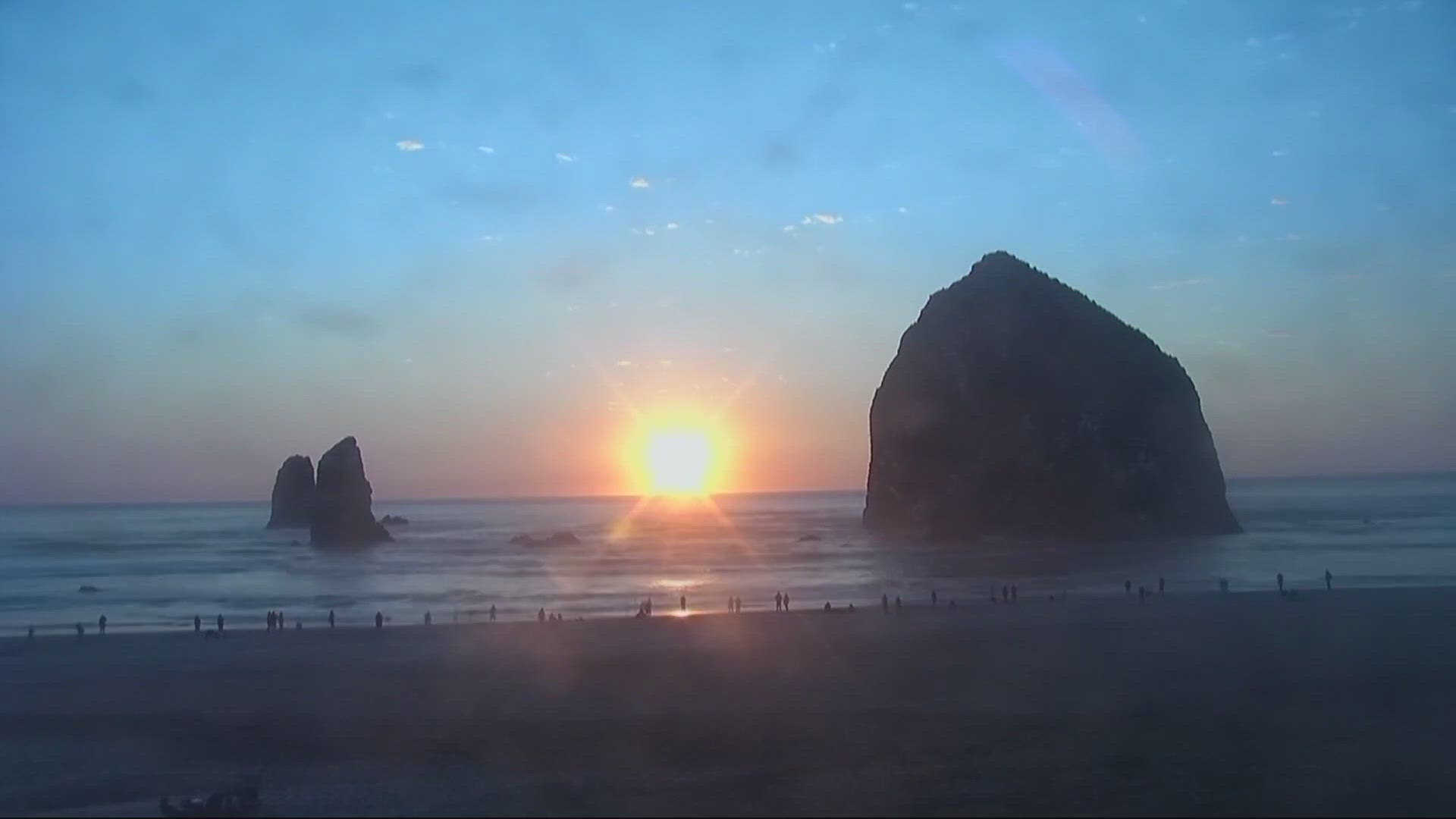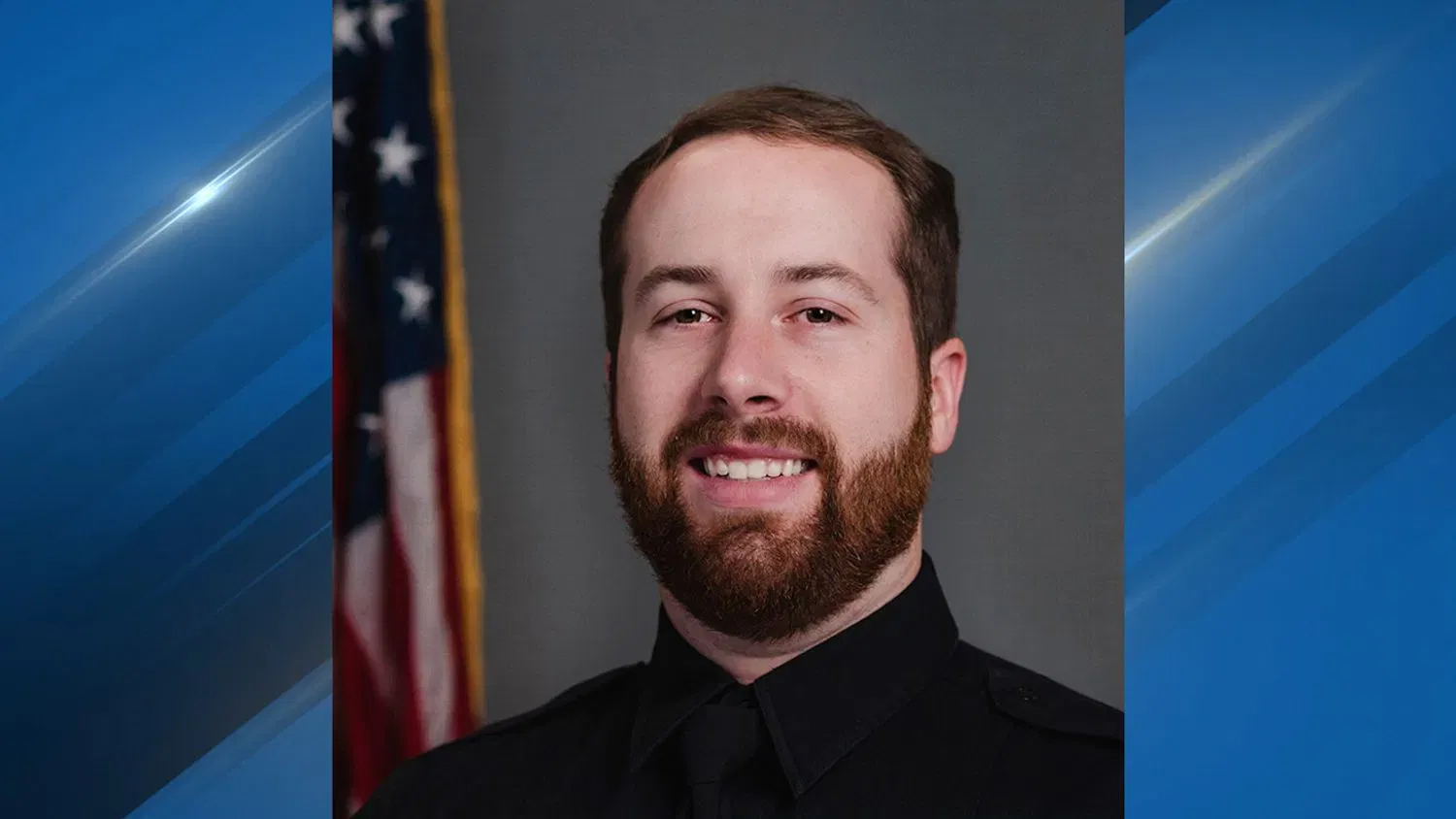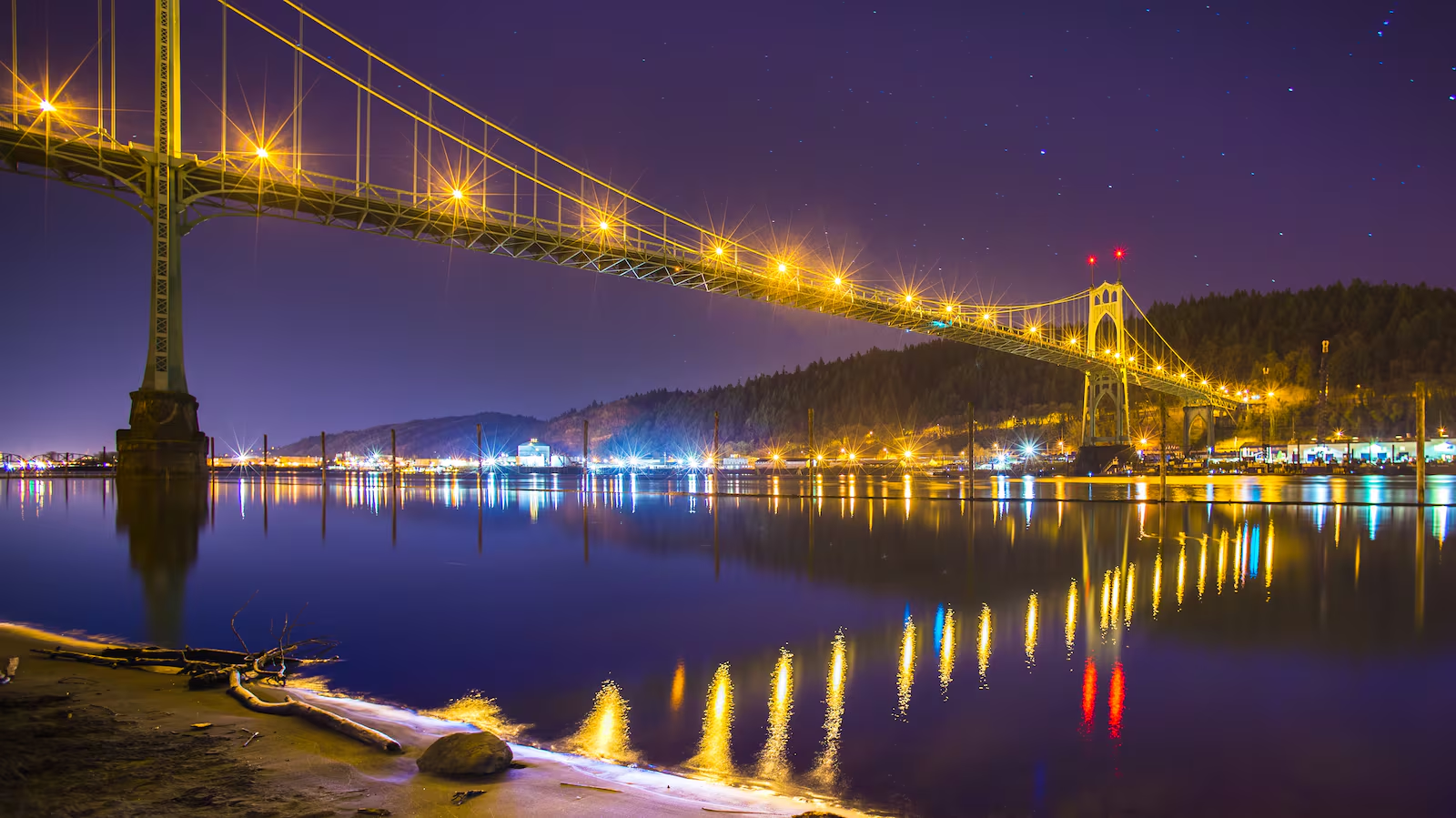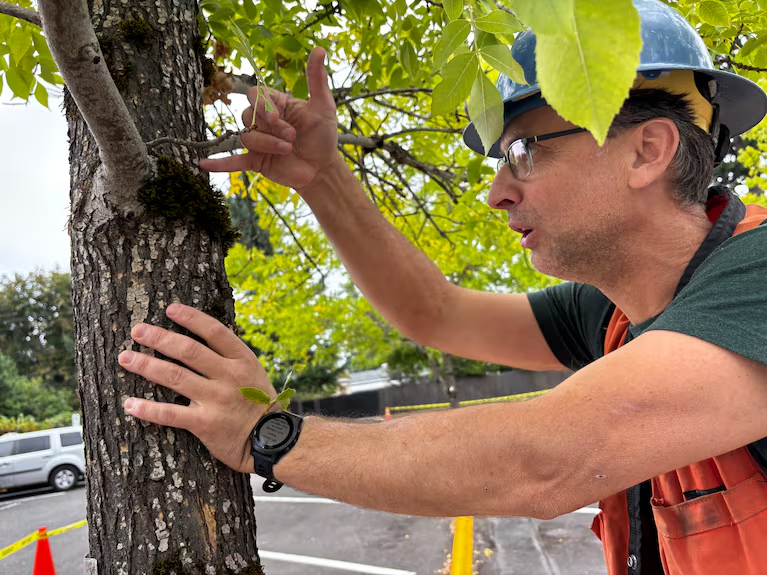PORTLAND, Ore. — Summer’s long evenings are officially on the way out, and Oregonians are about to notice the change in a big way. With the arrival of fall, sunsets will creep earlier each night, marking the steady march toward winter’s darker days.
The Last Late Sunsets
Portland’s final 7 p.m. sunset of the year will occur on Sept. 25. Just over a month later, on Oct. 29, the sun will dip below the horizon before 6 p.m., setting the stage for even shorter days. By Nov. 2, when Daylight Saving Time ends and clocks “fall back,” sunsets will arrive before 5 p.m.
That quick drop in daylight can feel jarring, even though it’s part of the planet’s natural rhythm.
Why Daylight Shrinks So Quickly
Daylight in the Northern Hemisphere has been shortening since the summer solstice on June 20–21, when Earth began tilting away from the sun. But September and October bring the steepest changes.
“If you plotted day length over the year, it would form a smooth wave, with the steepest changes around the spring and fall equinoxes and the flattest parts near the solstices,” explained KGW Meteorologist Chris McGinness.
Oregon lost about 85 minutes of daylight in August and is on pace to lose 91 minutes in September. That averages out to a little more than three minutes per day.
“In the mid-latitudes, we gain about 3 minutes, 15 seconds of daylight per day in March and lose nearly 3 minutes, 10 seconds per day in September,” McGinness said. “Around the solstices, day length barely changes for about a week. This pattern is driven by Earth’s 23.5-degree tilt and the changing angle of the sun’s rise and set through the year.”
Key Daylight Milestones
Here’s what the shift looks like month by month as Oregon heads toward the winter solstice on Dec. 21:
-
Sept. 1: Sunrise at 6:32 a.m., sunset at 7:47 p.m. (13 hours, 14 minutes of daylight)
-
Sept. 22 (Fall Equinox): Sunrise at 6:58 a.m., sunset at 7:07 p.m. (12 hours, 9 minutes)
-
Sept. 25 (Last 7 p.m. sunset): Sunrise at 7:02 a.m., sunset at 7:01 p.m. (11 hours, 59 minutes)
-
Oct. 1: Sunrise at 7:09 a.m., sunset at 6:50 p.m. (11 hours, 40 minutes)
-
Oct. 29 (Last 6 p.m. sunset): Sunrise at 7:46 a.m., sunset at 6:01 p.m. (10 hours, 14 minutes)
-
Nov. 1: Sunrise at 7:50 a.m., sunset at 5:57 p.m. (10 hours, 6 minutes)
-
Nov. 2 (DST Ends): Sunrise at 6:52 a.m., sunset at 4:55 p.m. (10 hours, 3 minutes)
-
Dec. 1: Sunrise at 7:30 a.m., sunset at 4:28 p.m. (8 hours, 57 minutes)
-
Dec. 21 (Winter Solstice): Sunrise at 7:47 a.m., sunset at 4:30 p.m. (8 hours, 42 minutes)
By late December, Portland will have lost more than four hours of daylight compared to midsummer.
The Emotional Effect of Darkness
The seasonal loss of light isn’t just a matter of scheduling; it can affect health and mood. Shorter days often bring on fatigue, shifts in sleep cycles, and in some cases, seasonal affective disorder (SAD). Experts recommend strategies like maximizing outdoor time, using light therapy lamps, and keeping active to counter the darker months.
Looking Ahead to Brighter Days
The good news for sun-lovers: after the winter solstice on Dec. 21, days will slowly begin lengthening again. While the increase is gradual at first, by early spring the daily boost in daylight will become noticeable, reversing the rapid loss seen in September and October.
For now, Oregonians are advised to soak up the evening light while they still can. With the last 7 p.m. sunset fast approaching and the end of Daylight Saving Time just weeks away, the transition to darker afternoons is all but here.
















Leave a Reply